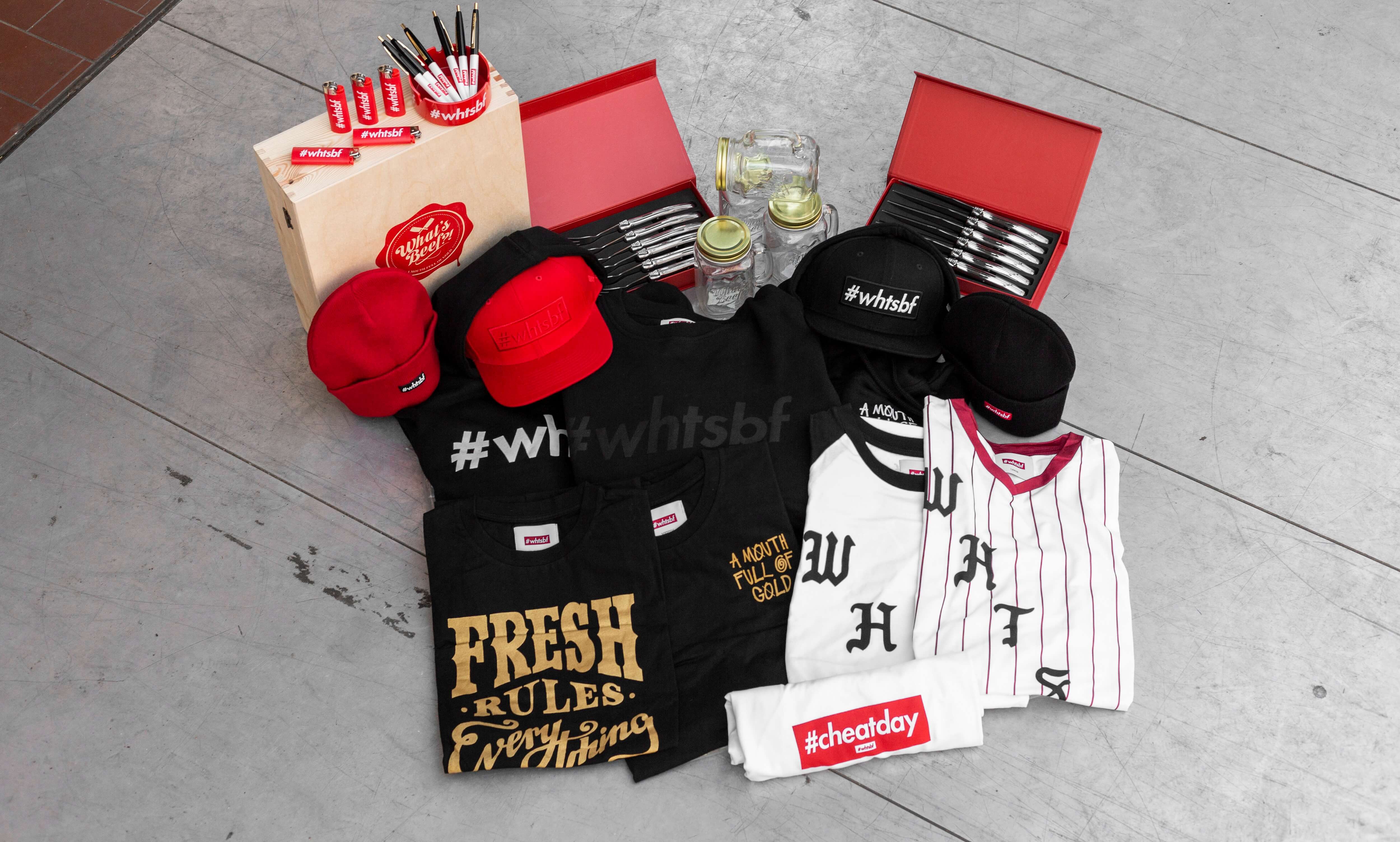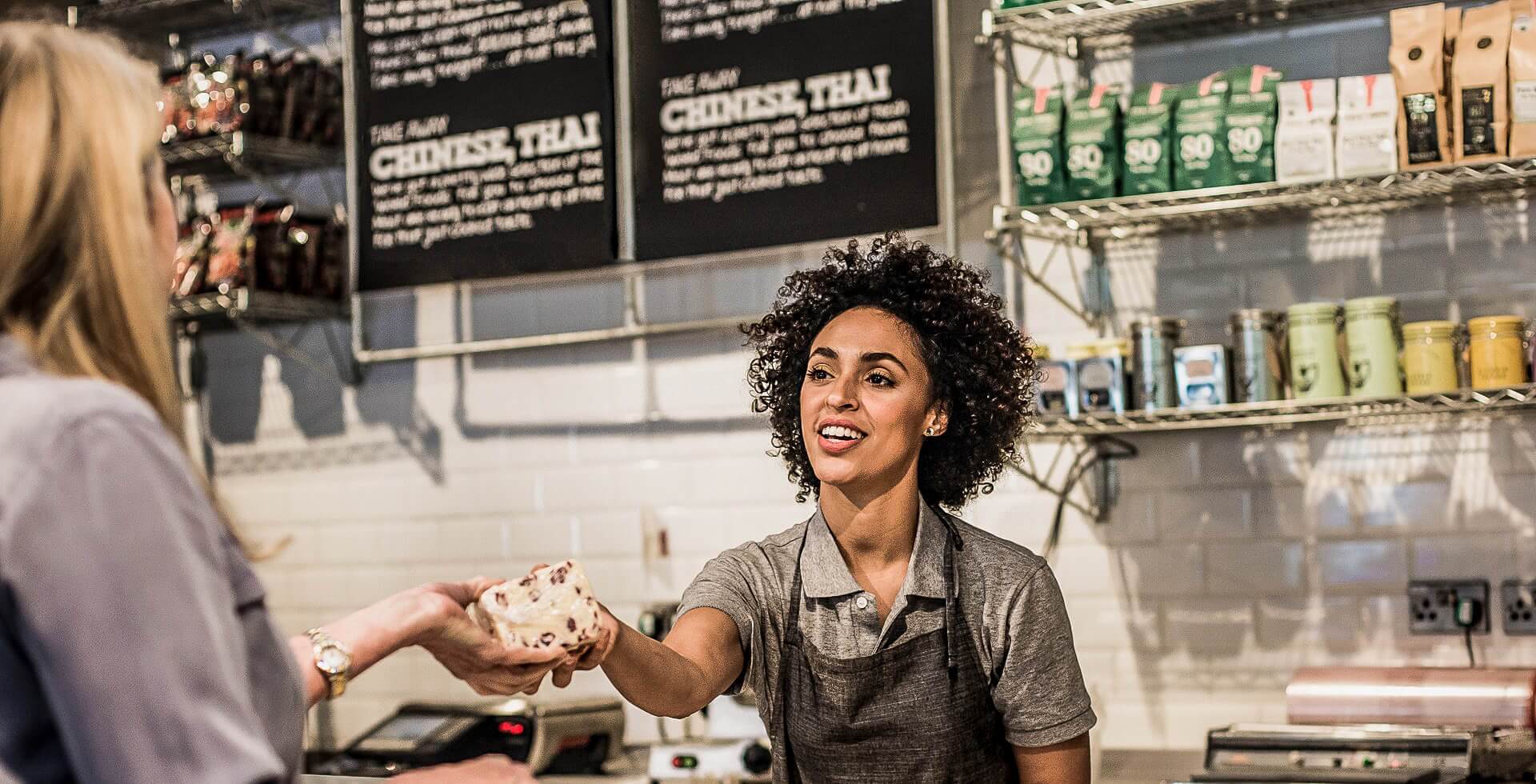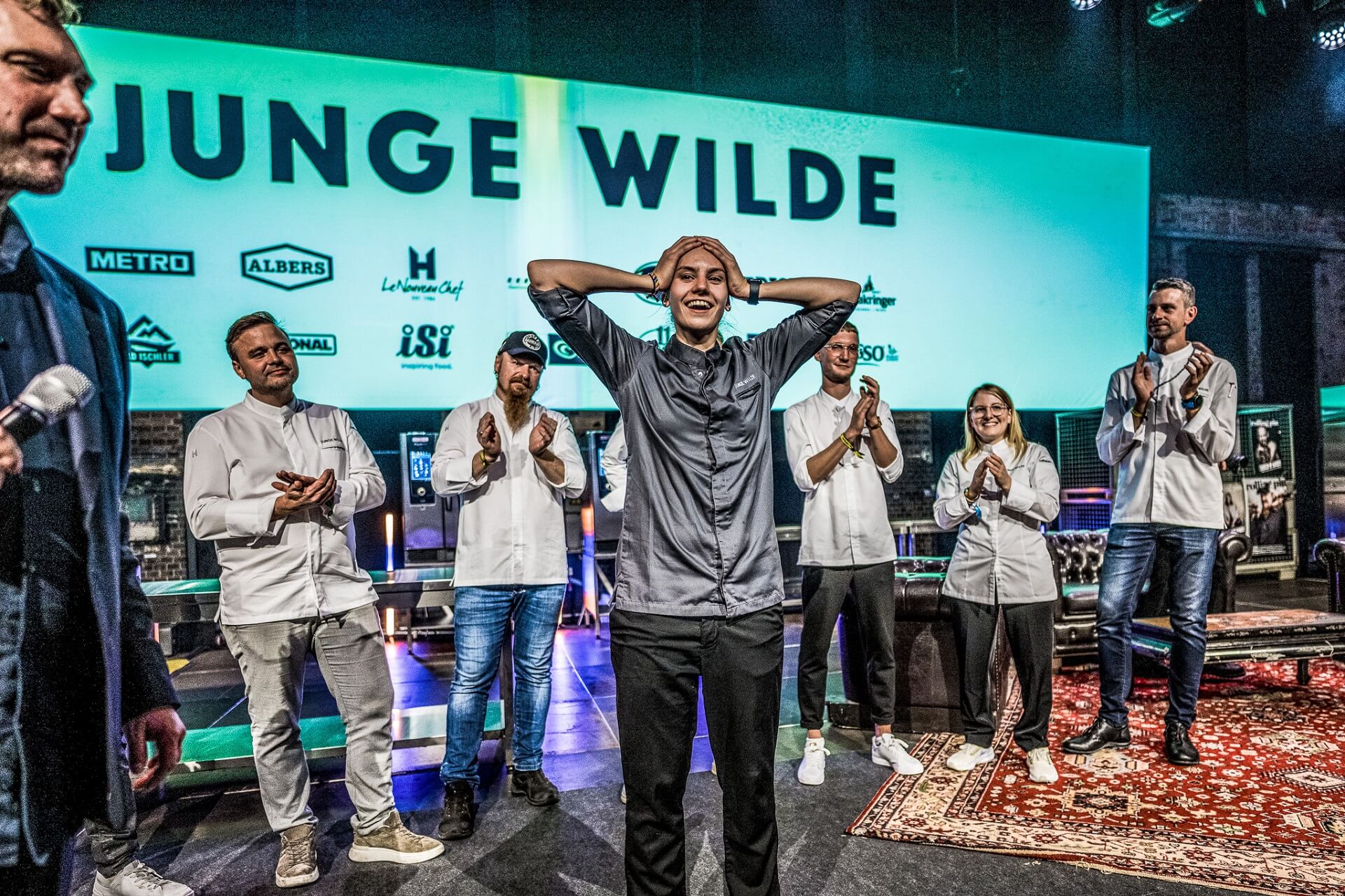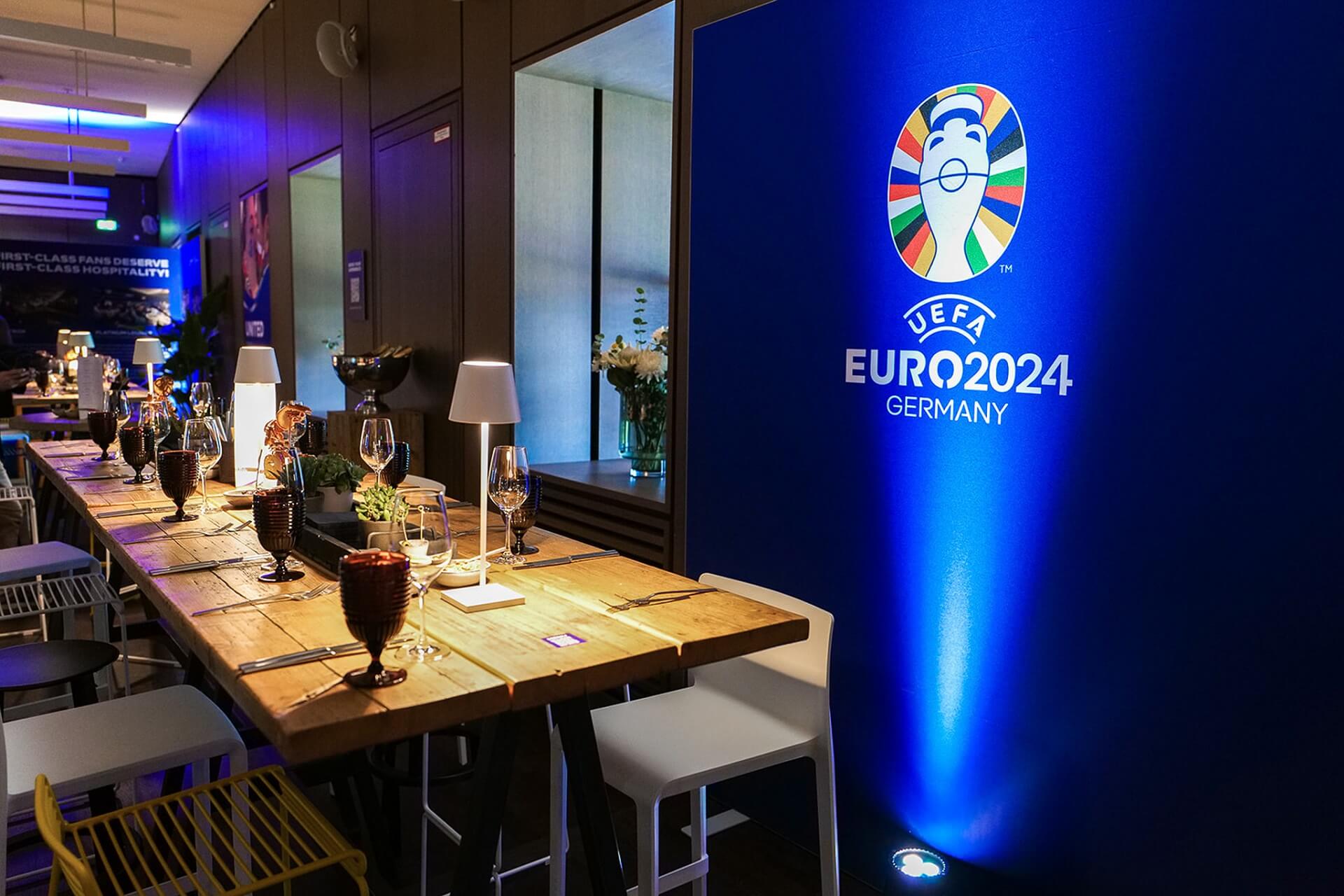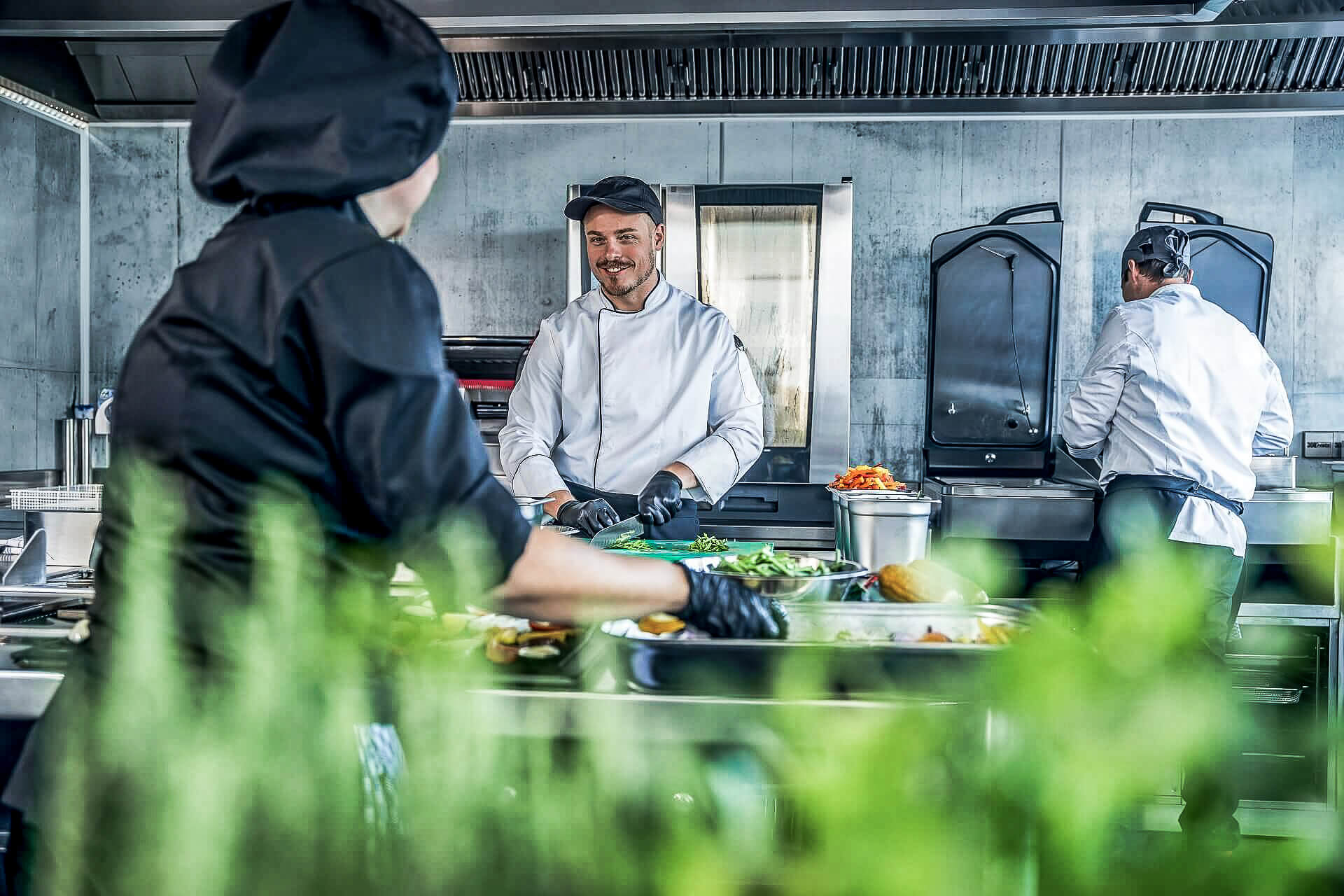Whether online or on-site, a shop is the perfect way to shape and communicate this brand. It’s also the ideal path to avoid being one among many when the restaurant industry reopens. As the experts at the Trendhunter platform have discovered, it is therefore not surprising that merchandising is increasingly coming into the spotlight. “Restaurants are increasingly bringing out private-label products,” the trend researchers report. In the days of Corona, what used to be a marginal phenomenon at best, as well as a welcome additional source of income, is now becoming a beacon of hope for an entire industry.
It’s also very imaginative. The options for getting your own brand going are almost endless. Hamburgers and hoodies, coffee as a beverage and coffee beans, coffee cups and cakes and homemade delicatessen for the home pantry – not everything has to be edible, the idea is more to keep the restaurant in mind.
The classic t-shirt is also still all the rage. One example is the imaginatively printed artist’s shirts from the London pasta concept Pastaio, which convey Italian joie de vivre and raise money for an employee relief fund. However, you can also order pasta and sauces in the shop.
Sieh dir diesen Beitrag auf Instagram an
The Canadian chain Hooters, known for seafood, wings and burgers, is selling the skimpy outfits of its attractive service staff, the Hooters Girls, among many other clothing and souvenir items. They even have their own line of alcoholic beverages.
Sieh dir diesen Beitrag auf Instagram an
The spicy creations from Momofuko, such as spiced salts, soy sauce and chili oil, bring a lot of pep into Corona-ridden daily life. The upscale Asian concept from celebrity chef David Chang, which currently has eleven locations in the USA, Sydney and Toronto, also has typical merchandising items such as caps, shirts and to-go cups in its range.
One thing that stands out here is that the boundary between take-out and merchandising has started to blur. The classic range of meals is also being branded. Individual combination deals with original names make the offer unique One example is the “Kehrwieder package” from the Hamburg food scene. Limited to just 3,000 packages, it contains delicacies from large and small brands, including Tim Mälzer’s Bullerei and Salt & Silver, with the proceeds going to a gastro aid fund – solidarity at its best! In the same vein, the cult restaurant Nobelhart & Schmutzig is now offering a colorful bouquet of local products, from coriander seed oil to condoms, with its “Berliner Fenster” combination deal. On the website you can see that the company’s own products are still in demand: Nobelhart & Schmutzig is currently looking for another kitchen with storage and a retail window for its shop!
No question about it, together we are stronger, and regionality and solidarity go down well with guests. The owners of the cult location De Republiek in the West Flemish city of Bruges experienced this as well. The popular “weekend shopping bags,” which are three-course menus to take home, were always produced with ingredients from local partner companies; the restaurant was also at times a pick-up and delivery station for goods from the organic store Boer Bas and the organic market Lokaalmarkt Brugge. “Right now we’re taking a break from pick-up orders, but when the restaurants are open again, we’ll be a drop-in place for Boer Bas and Lokaalmarkt Brugge again. The market is somewhat faraway. Customers here in the city center can also purchase the goods through us,” says coordinator Stijn Van Wynsberghe.
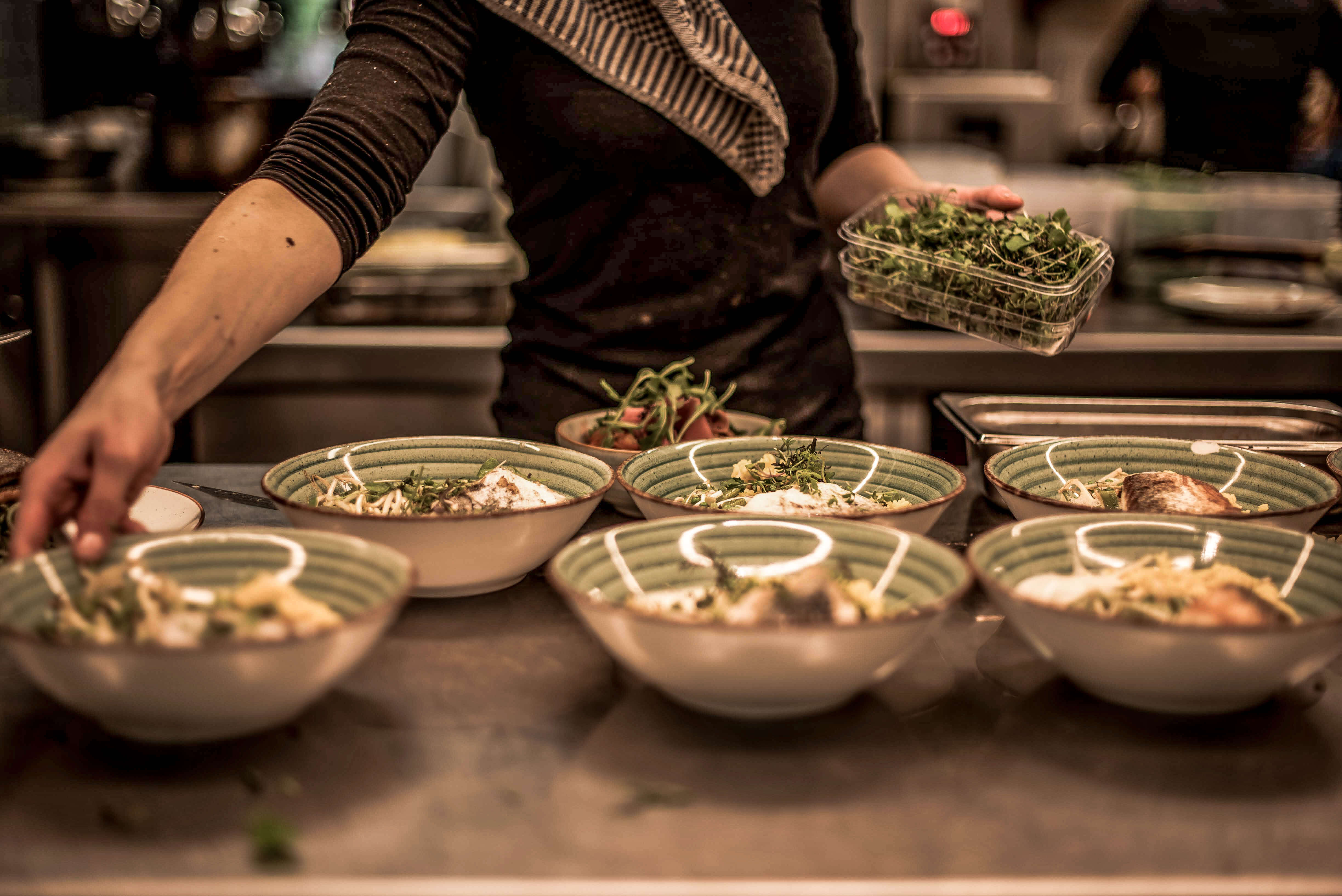
Image: Femke Den Hollander
In addition to the range itself, presentation is key. If pick-up is also planned, a sales window is often used, which creates ambience with attractive decorations. It is also practical if a sales shelf is part of the inventory anyway, as in the coffee house in Puchheim in Upper Bavaria, where guests can pick up coffee beans and utensils when they fetch their orders. Since they not only carry the goods, but also the image of the location, bags are now becoming very important. From the plain brown paper bag bearing a subtle restaurant logo like the kind used by De Republiek to the brightly colored Hooters plastic bag, anything is possible!
Here are three questions for Selim Varol, Managing Director of burger specialist What’s Beef in Düsseldorf, Frankfurt/M. and Hamburg:

Selim Varol | Image: Mertphoto.com
How has demand changed during the crisis and what generates particularly high sales during the lockdown?
It’s not only the demand, but also our menu that has adapted to the circumstances. For example, we have removed some burgers from our range that are not suitable for transport. Our food simply tastes best when eaten fresh off the grill. Unfortunately, even a slight delay can have a negative effect, both for us as a supplier and for the customer. Sure, many know about the trade-offs of having a burger delivered, but unfortunately not everyone does.
Has the range of products in the shop been expanded or changed?
Although we haven’t changed much in the merchandise shop, we are preparing some new items in cooperation with our agency for the relaunch that is hopefully coming soon – for example, the colorful burger ball! The online shop for our food has already been relaunched with a new provider. After the lockdown we will bring two new special burgers, side dishes and shakes, which we unfortunately can’t reveal yet …We are excited to see how sales evolve!
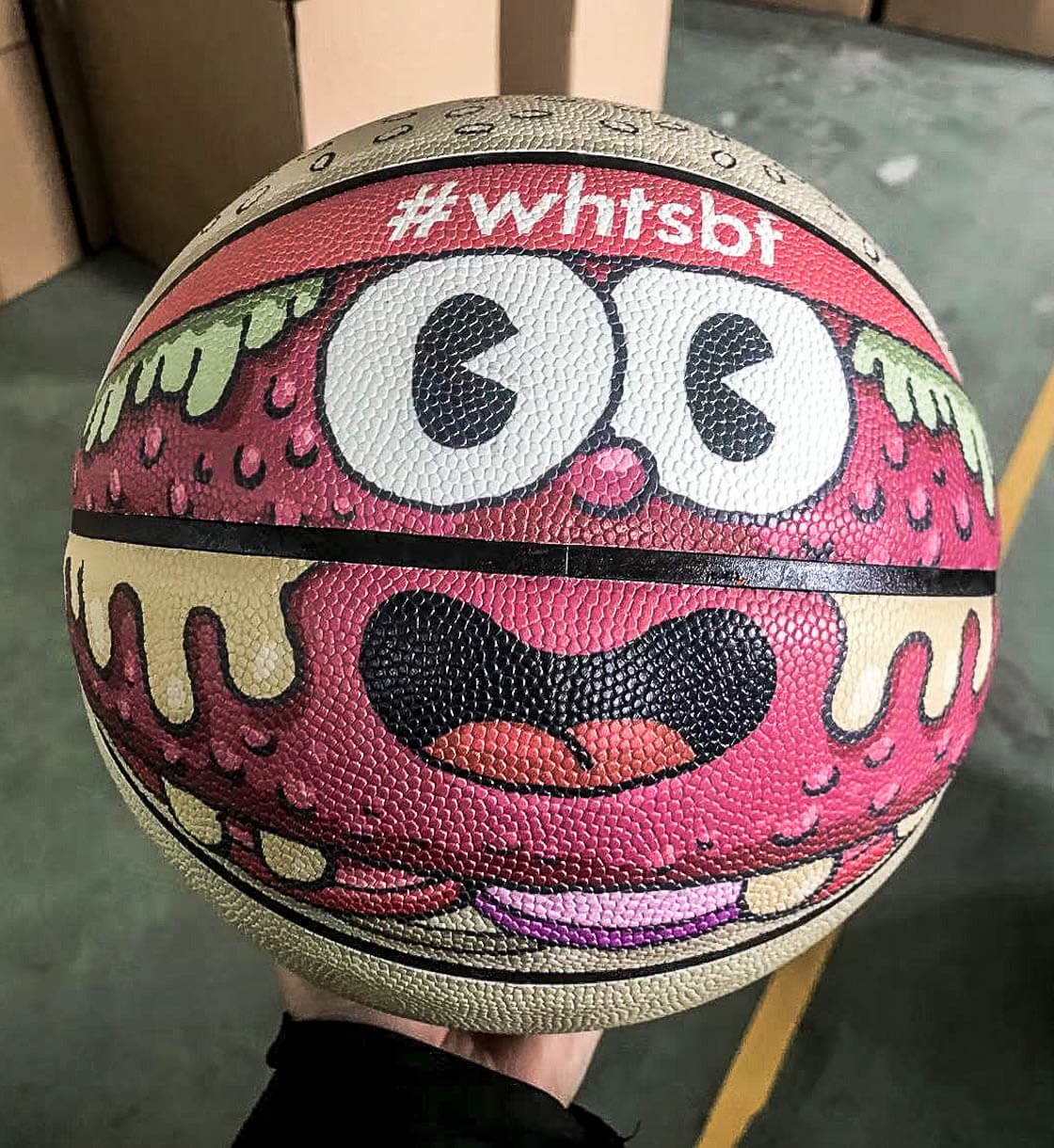
Image: What’s Beef
What percentage of sales do the shop and food currently account for? What portion of total traditional sales can the shop currently replace?
The shop accounts for a maximum of five percent of sales. In this case, it’s more about the brand and marketing than about making money. This business model also only works if you have a strong brand voice and the right products and designs to appeal to your target audience. The profit consists solely of the exposure you get and growth of the brand.


